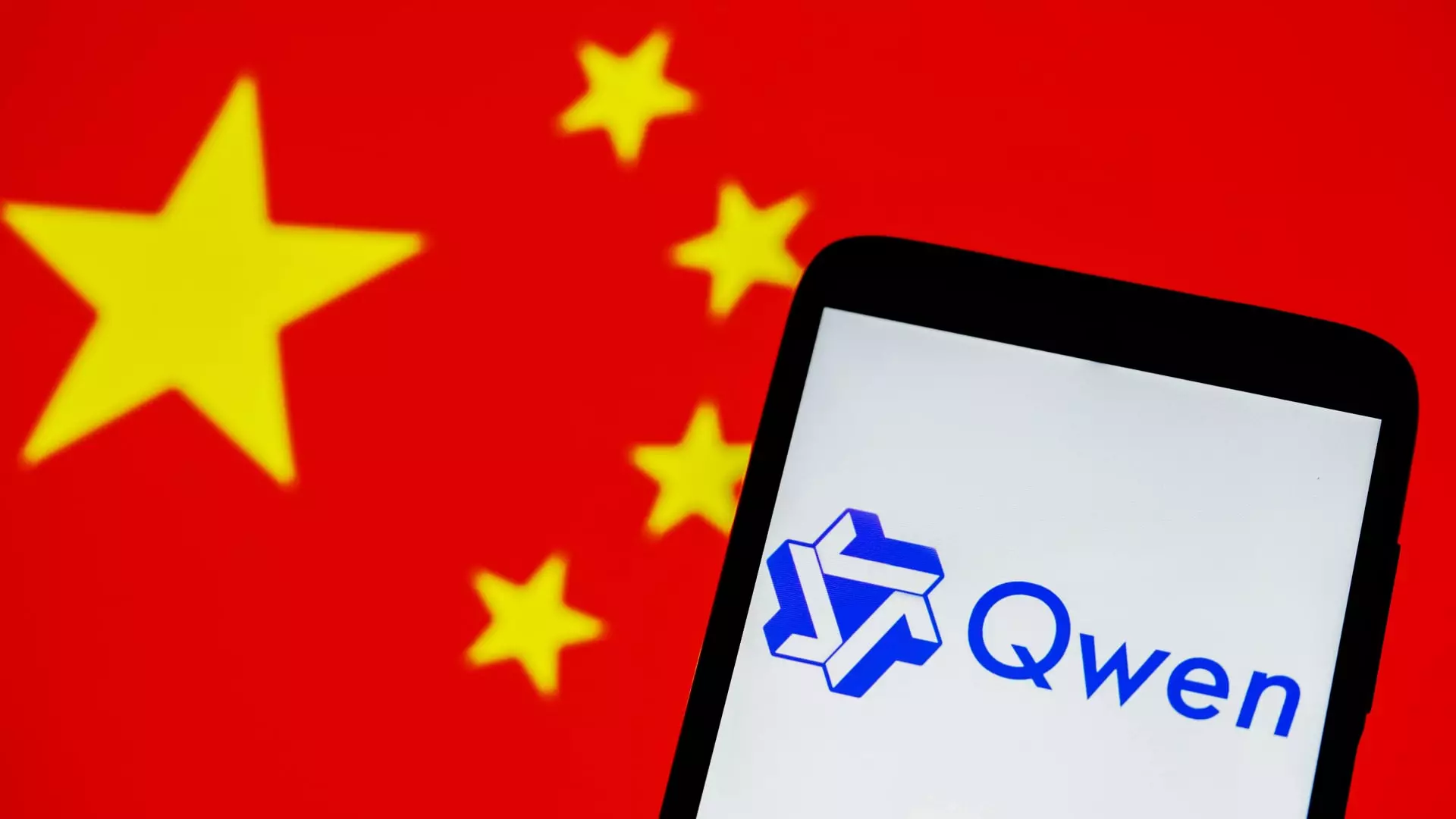On Tuesday, Alibaba unveiled Qwen3, its latest series of open-source large language models that is creating ripples in the burgeoning sphere of artificial intelligence within China. This launch is not just a technical upgrade; it has the potential to reshape how developers and companies approach AI solutions, especially for mobile and edge computing. Qwen3 is a testament to the rapid evolution of AI technologies in the region, indicative of a competitive landscape that is steadily gaining momentum on a global scale.
One of the standout features of Qwen3 is its versatility, exemplified through eight distinct variations that cater to diverse architectural needs. This flexibility makes it a potent tool for developers aiming to integrate AI capabilities into various applications, particularly on mobile devices that demand efficient resource management. In an era where agility is key, having access to a robust set of models that can handle everything from coding to general inquiries gives Alibaba a strategic advantage—one that aligns well with market demands for faster, smarter, and more efficient AI tools.
Breaking Ground with Hybrid Reasoning
Alibaba’s introduction of hybrid reasoning models marks an innovative turn in the functionality of LLMs. By combining traditional capabilities with “advanced, dynamic reasoning,” Qwen3 sets itself apart in an increasingly crowded market. The model’s ability to switch between complex “thinking modes” and streamlined “non-thinking modes” reflects a profound understanding of user requirements in real-time situations. This duality equips Qwen3 with the agility to adapt to various challenges, enabling it to cater to both intricate programming tasks and simpler queries.
The implications of this architectural sophistication are vast. For example, businesses that rely on efficient task resolution, such as customer service centers, can leverage the model’s efficiency to improve response times while maintaining a high level of service quality. The Qwen3 series is not just a technological evolution; it embodies a paradigm shift in how AI can strategically assist human initiatives.
Affordability Meets Accessibility
Cost-effectiveness has always been a significant consideration in technology adoption, and Qwen3’s MoE (Mixture of Experts) model reportedly lowers deployment costs compared to its peers. By prioritizing affordability, Alibaba champions the notion that advanced AI should not be the exclusive domain of affluent corporations. Instead, Qwen3’s free availability on platforms like Hugging Face and GitHub aims to democratize AI, allowing smaller startups and individual developers to harness its capabilities without prohibitive expenses.
This trend encourages not just adoption but also innovation, as more developers can experiment with the models, leading to an uptick in derivative creations. As a result, Qwen3 has already gained traction, amassing astronomical figures in downloads and derivative models. This vibrant ecosystem fosters collaboration, ultimately driving further advancements within the open-source AI domain.
Multilingual Capabilities: Bridging Cultural Divides
In our globally connected world, multilingual support has become a critical feature in AI development. Qwen3 shines in this aspect by supporting 119 languages and dialects, breaking down language barriers and broadening the accessibility of AI technologies. This capability positions the model as a valuable resource in international markets, where adaptability is key to reaching diverse audiences.
The importance of multilingual support cannot be overstated; it enhances user experiences and ensures functionalities are inclusive. This characteristic not only elevates Alibaba’s standing in the tech hierarchy but also plays a pivotal role in making advanced AI technology available and relatable to users across different cultural contexts.
Implications for Competition in AI
The rollout of Qwen3 sends a clear signal to both domestic and international competitors: Alibaba is serious about its commitment to AI innovation. Experts are quick to note that this development poses a legitimate threat to other players in the AI landscape, particularly within China. The rising tide of open-source models has sparked urgency among companies like Baidu, encouraging them to hasten their own advancements in the field.
As China continues to invest in AI technologies, the emergence of potent models like Qwen3 reflects the nation’s capability to push boundaries. The question remains—will this spur enhanced competition leading to even greater advancements in AI capabilities, or will it trigger a consolidation of efforts among established firms? Regardless of the eventual outcomes, the paradigm shift initiated by Qwen3 serves as a compelling entry in the annals of artificial intelligence development.
In short, Alibaba’s Qwen3 stands at the forefront of a new era, marked by technological empowerment and enriched capabilities, signaling not merely a local milestone but a robust challenge to the global AI ecosystem.


Leave a Reply